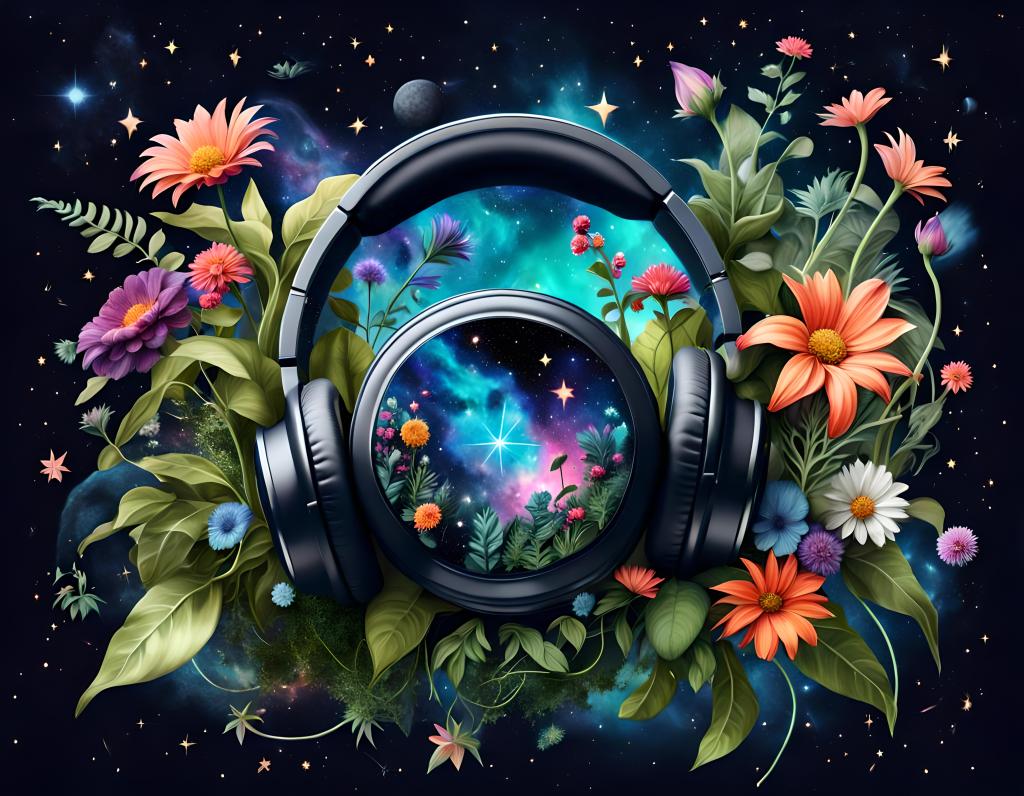Most of our behaviour is automated routine. We don’t think much about walking to the kitchen and making tea. This works as long as our predictions of the world match with what actually happens. Finding the kitchen underwater due to a broken pipe will make for a very different and less automated approach than just moments ago.
Our brain is built to quickly identify mismatches between prediction and actuality since that could always signify a threat to our current plan (the most basic plan being survival). It will pull our attention to the mismatch and produce strong emotions like anger or fear to ensure we react to it.
These acute emotions are the primary force behind our reactions to the world when it really matters. However, they are ancient, and often, their guidance isn’t useful for modern life, where we are no longer facing the predators and other dangers that they have evolved to protect us from.
Emotions and the impulses connected to them can be very useful. If fear keeps you from swimming in a river with strong currents, that’s good. Grief is necessary to process loss and adjust the mind to a new environment. Without the right dosage of anger, it will be difficult to defend your boundaries and say no to your boss when necessary.
Of course we all have to learn not to act out every impulse unchecked. It is a necessary part of childhood and adolescence to put cultural norms over our own momentary needs and to become socialised by caretakers and peers.
So, we are all equipped with strategies to deal with arising emotions and the impulses attached to them. But the adult environment only becomes more complicated over time: Colleagues, partners, children, neighbours, the list goes on. Often, our childhood strategies don’t suffice to navigate the increasingly complicated terrain we’re facing, at least not with the desired outcome in the long run.
One of the basic models of CBT (cognitive behavioural therapy) is the triangle of thoughts, feelings, and behaviour. The idea is that those three are interconnected, and each influences the other two.

Let me clarify this with an example. I notice that my wife is upset, because it seems she doesn’t want to talk to me. My automatic response would be something like this:
- Thoughts – “Oh no, what happened?”, “I did something wrong”.
- Feelings – Guilt, fear, tension.
- Behaviour – Asking her what’s wrong, trying to facilitate a conversation.
It doesn’t seem too harmful at first, but there are some problems. First, she might not be upset about something I did, but my thoughts and emotions could quickly accelerate and confirm each other to convince me otherwise. That would build the urge to follow the behavioural impulse (Asking her what’s wrong, trying to facilitate a conversation). Then, if I push a conversation while she is signalling that she needs a moment for herself, it might just cause the conflict I was afraid of – firing up my thoughts and feelings even more.
It’s important to know that in the CBT triangle, not all three corners can be influenced in the same manner. We have close to no control over our emotions; we just kind of feel the way we feel in each moment. We can also not stop thoughts from arising, but we can at least actively add thoughts to the mix. In this model, only behaviour is fully under our control (except, of course, the kinds of motor reflexes that activate when we are falling).
That’s why it’s called Cognitive Behavioural Therapy. The focus is on changes in thoughts and behaviour that will then influence the emotions.

The first step in this endeavour is paying attention. The goal is not to rewrite the established script but to become a curious observer of yourself. It helps to analyse situations in hindsight and write out the reactions in thoughts, feelings, and behaviour in the way I showed. Try to make this a regular practice, either whenever an unpleasant situation arises or as part of your journaling routine.
We all have a set of these automated systems that are responsible for most of the suffering in our lives. Recognising them won’t ease the pain; it might even worsen initially. What is it good for then?
The endgame here is to take back control of our behaviour. The point of observing the thoughts and feelings in a given situation is not to change them but also to recognise the behavioural impulses attached to them. Once the impulse to act is known before the act, we are suddenly free not to follow it.
That doesn’t even mean that a great alternative must be found immediately. Often, just stalling is already much better than acting out the impulse. Of course, that makes it necessary to endure the emotions and thoughts, which can feel quite impossible. Every moment of that endurance is a success because if you feel it, you have already endured it.
Sharing the observations might also be worth a try. I would tell my wife, for example, “I can feel that you’re upset and want to be alone, but I don’t know why. Of course, I assume I did something wrong, making it hard for me not to bother you. I’ll try my best, though, and will be right here when you’re ready to talk.”
All of this is essentially probing for alternative behavioural paths. Some will give you better results than the automatic systems; others won’t. Take note of both. The main goal, however, is not to switch the established behavioural system for a better one but to cultivate the form of attention that allows for deviation from the automatic response, no matter what it is.
👋 If you find content like this interesting, consider subscribing to my blog for free. You’ll get an email when I publish a new post, which is mostly once per week.
Summary
- Without a framework of observation and categorisation, we are puppets of our emotions.
- Our automatic response to unpleasant thoughts and feelings can produce exactly what we want to avoid.
- Continuously updating our operating system with more sophisticated strategies to deal with acute emotions and their impulses is the foundation for meaningful and productive relationships.
- Cultivate the form of attention that allows for deviation from the automatic response, no matter what it is.
✒️ Quote of the week: “The curious paradox is that when I accept myself just as I am, then I can change“. By Carl Rogers, sent to me by Waking Up, the App I use for meditation practice. It has a function of providing a daily quote as a push notification, which is one of the few notifications I allow on my phone. It never fails to puncture my day with a moment of clarity or reflection – not sponsored, just a fan. A regular mindfulness practice also helps to build the kind of attention I was discussing in this essay.
📃 Article of the week: You Are Always the Other Person is a quick but profound read, suggesting a useful switch of perspective. It is also very relevant to the topic of this essay, as it describes another approach to adjust our attention in social situations.
🍿 Video of the week: We Fed Our Microbes Blood So You Don’t Have To by the wonderful Journey to the Microcosmos. Their videos always invoke a sense of wonder and curiosity in me.
🎧 Song of the week: Cinderella from the new Future and Metro Boomin Album, featuring Travis Scott. Banger, love it.




Leave a comment